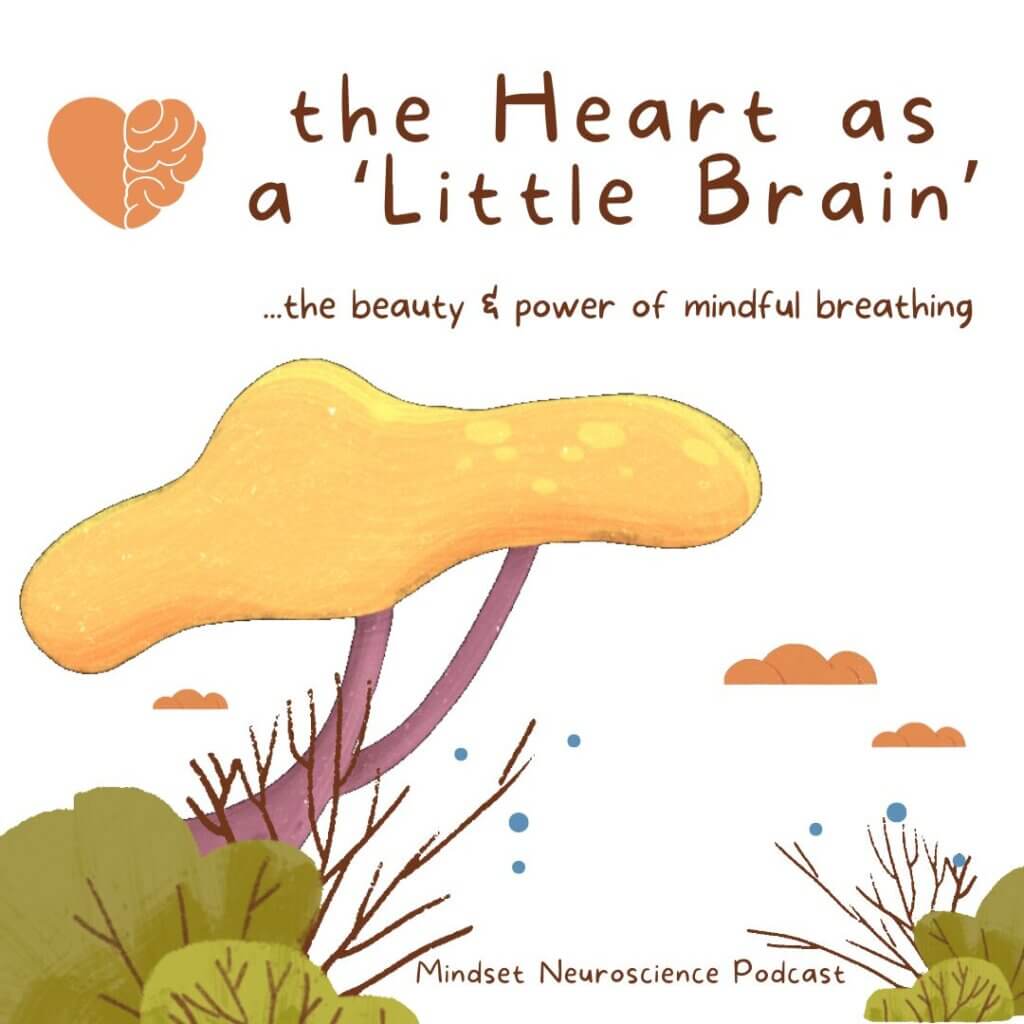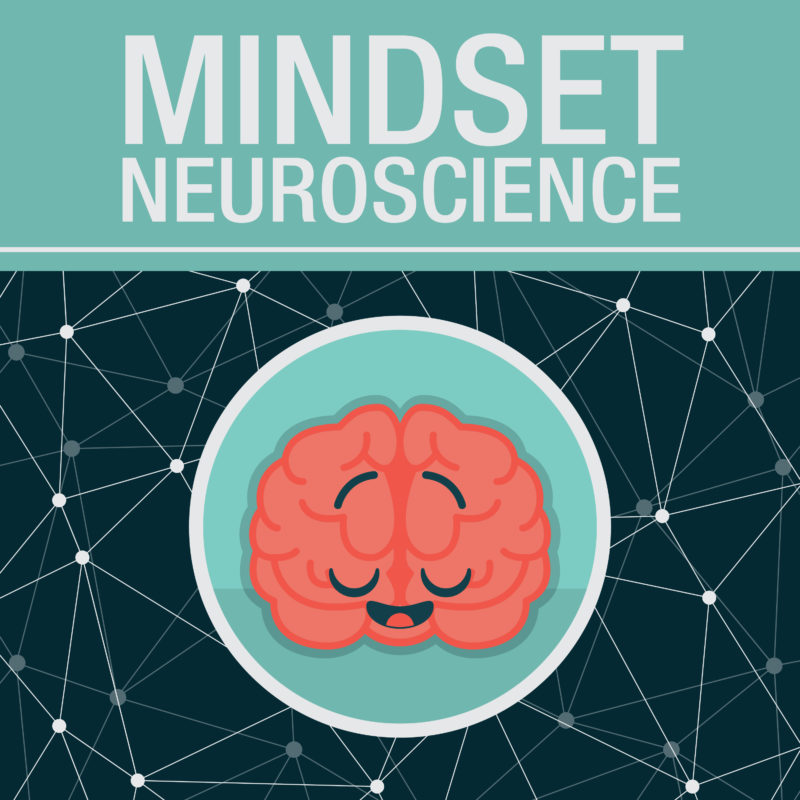Years ago, while studying with my mentor-professor at NYU, Zoran Josipovic - who was looking at brains scans of monks - I decided to stay for a few months at various monasteries. One of them was Deer Park - under the guidance of Thich Nhat Hanh. It was an eye-opening experience. We engaged in many meditation and mindful breathing practices.
These practices taught me the power of our breath.
How it is a bridge not only between brain, body and Mind, but also a bridge between conscious and subconscious forces that play a role in our behaviors, feelings and reactions.
In neuroscience we talk a lot about the brain. We often forget that our circulation system was the first to form in the womb. And the master pump that orchestrates so much of our life is indeed the heart.
The heart picks up on a lot of things. It’s a system that serves as part of a bridge between body and brain. Its rhythms link with how we feel.
And how we feel is a critical factor of what we will do next.
How we feel internally drives both our conscious and unconscious behaviors. Our heart and how it slows down or speeds up is intricately connected to how we move, what we pay attention to, what we decide.
In fact, the heart has a lot of different networks that actually can give it the title of its own 'little brain'.
It even has an endocrine function, which means it actually releases hormones like serotonin.
As much as our brains are part of our experience, our hearts integrate massive amounts of data that are critical to our optimal functioning.
For example:
- a heart condition that can result from losing a loved one can cause an outpouring of adrenaline and abnormal contraction in the left ventricle - this is known as Takotsubo cardiomyopathy (named after the Japanese trapping pot for Octopus that resembles the heart)
- High social connectedness may be associated with better outcomes after stroke
- By contrast, reduced social interactions caused by panic and anxiety disorders have been associated with reduced parasympathetic tone, a known contributor to cardiovascular disease risk.
Listen on:
Within that heart-brain network, there is a way for us to have more control.
Having control over our attentional systems is possibly one of the most important skills we can have in order for any other kind of progress or technique to work.
One way we can work these attentional systems is to focus on and control our breath.
Even if it is fast initially, there is still a rhythm to it, and it is always with us. This makes it an ever-present tool for improving our attentional control. Focusing on this and using our voluntary somatic nervous system tools to extend it or slow it down also works inhibitory control networks. These are critical for emotion regulation.
Through the unique features of executive control, we can use the brain to actually send signals back down to the heart and to our skeletal muscles and the muscles we use for breathing.
Noticing our breath and then choosing to slow it down and make our exhalations QUIETER engages brain networks involved in Executive Functioning and Executive Control.
And that control, that ability to slow down our breath, is part of what allows us to regulate our nervous system.
It’s a beautiful and powerful feature of being Self-Regulating Humans.
We can intentionally slow down and quieten down our exhale, and expand our belly and letting more oxygen come in.
As we do that, we are using our forebrain to send signals back down through our body that allow us to enter different nervous system states.
The more we use those networks, the stronger they become.
The stronger they become, the more we can engage in suppress and switch activity, which increases the number of choice points we have for how to respond.
The more choice points we have, the more flexible and sophisticated we get in our behaviors and responses. As complex adaptive systems, flexibility is a key to creating outcomes that feel good to us and that enhance our life.
Intentionally slowing down (or speeding up) our breath is a Mind Technology
This Mind Technology can help us to regulate our nervous system in many ways. It's easier said than done, but it's something that as long as we keep practicing it, it becomes more accessible to us in a moment.
Mindful breathing helps you enter a more parasympathetic nervous system state, which is really good for your immune system and for allowing for blood flow and nutrients to go to your internal organs for digestion as well.
Having a practice of paying attention to our breath, and intentionally controlling its rhythms, can make those control networks of the brain more accessible.
This means that practicing slower, longer, inhales and exhales is not just about how it feels as you're doing it. It's also about what you're giving all the networks of your brain more access to in stressful situations. We can also intentionally speed up our breath to have other effects. In this post, I am speaking more to slowing down the breath as a way to induce a calmer state.
Experiment and Apply...
* Only try the exercises below if they feel safe and comfortable for you. Focusing on the breath and closing of the eyes does not always induce relaxation (parasympathetic response).. Adjust these however feels right for you.
- Grab a timer and have it near you.
- Get into a comfortable, seated or lying down position.
- Set the timer for 5 minutes.
Minute 1: For the first minute, gently keep your eyes open and breathe the way you are breathing. Do not try to change the pace of your breathing. Count how many breaths you take in 1 minute. A full exhale and full exhale together counts as one breath.
Minute 2: For the next minute try inhaling through the nose and exhale through the mouth and make your exhale as QUIET as possible. Count your breaths and see if the number of breaths is lower than the first round.
Minute 3: For the next minute, do the same by try exhaling through the nose and make your exhale as QUIET as possible. Count your breaths and compare the number of breaths to the other rounds (the goal is to get to a lower number of breaths as is comfortable). Notice what feels more comfortable in terms of exhaling through the nose or mouth (either is fine, but try to inhale through the nose)
Minute 4 and 5: Close your eyes for the final 2 minutes and choose whichever pace and style feels relaxing and calming for you (breathing through the nose or mouth, pausing at the top and/or bottom of an inhale/exhale) - no need to count this time, just close your eyes and relax into your breath until the timer goes off.
(there are very specific brainwave states associated with counting and with eyes open vs. eyes closed.. All of these are beneficial in their own way! P.s. - we’ll be exploring some of these brainwave states and systems at my LIVE WORKSHOPS this January and February! )
Diamond A. (2013). Executive functions. Annual review of psychology, 64, 135–168. https://doi.org/10.1146/annurev-psych-113011-143750
Lugnier, C., Meyer, A., Charloux, A., Andrès, E., Gény, B., & Talha, S. (2019). The Endocrine Function of the Heart: Physiology and Involvements of Natriuretic Peptides and Cyclic Nucleotide Phosphodiesterases in Heart Failure. Journal of clinical medicine, 8(10), 1746. https://doi.org/10.3390/jcm8101746
Schottelkotte, K. M., & Crone, S. A. (2022). Forebrain control of breathing: Anatomy and potential functions. Frontiers in neurology, 13, 1041887. https://doi.org/10.3389/fneur.2022.1041887



